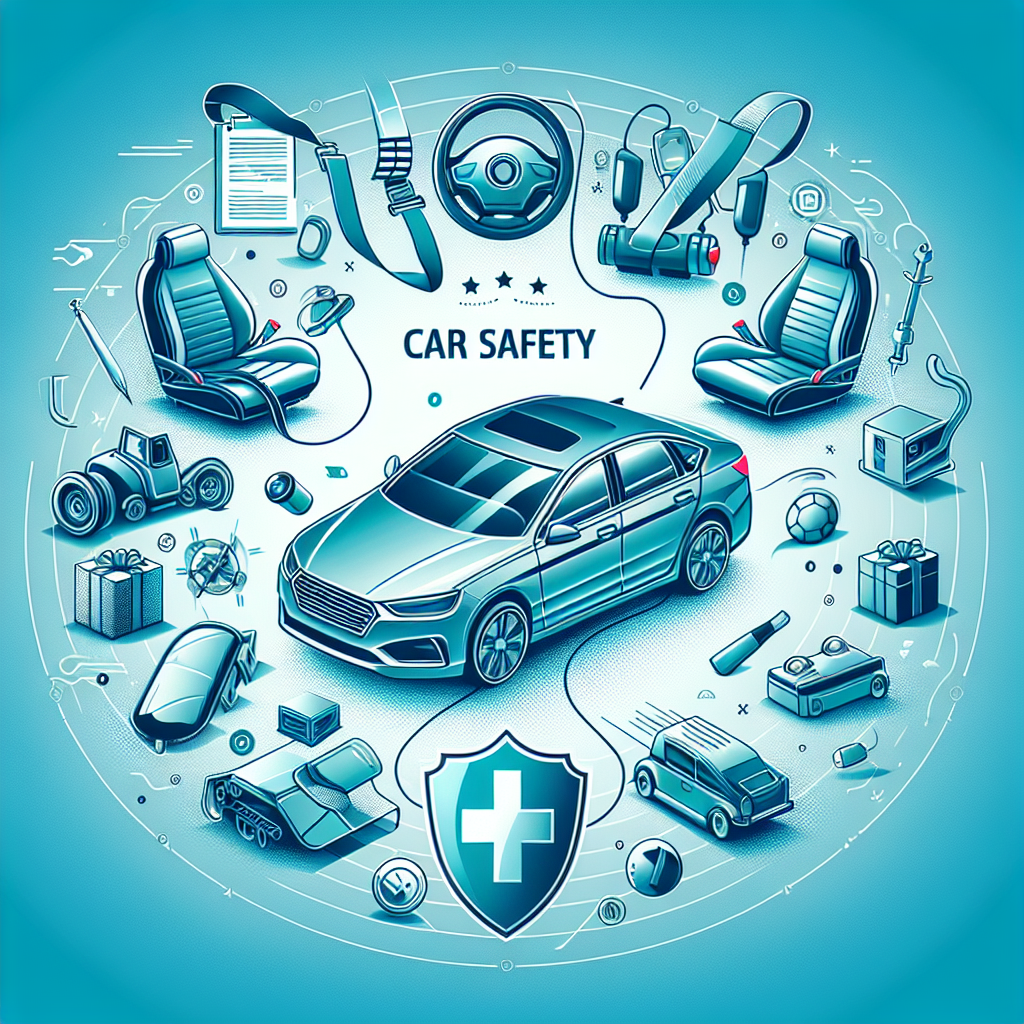Introduction
Ensuring the safety of both pregnant women and infants during car travel is vital. With the increasing number of vehicles on the road, understanding the best practices for car safety can minimize the risks associated with driving. This article will cover essential safety tips for pregnant women and practical advice on transporting babies to create a secure environment both during pregnancy and after childbirth.
Car Safety Tips for Pregnant Women
Pregnancy transforms a woman’s body and center of gravity, making proper car safety measures essential. Here are some crucial tips for expectant mothers:
1. Seatbelt Use
Always wear your seatbelt while driving or as a passenger. The lap belt should sit under your belly, across your hips, while the shoulder belt should go between your breasts and off to the side of your belly. Adjust the seat if necessary to ensure a comfortable fit.
2. Choose a Comfortable Position
To maximize comfort and safety, adjust your seat so that you are sitting as far back from the airbag as possible. This way, the force of the airbag during a collision won’t directly impact your abdomen.
3. Avoid Distractions
Stay focused on the road. Limit distractions by avoiding the use of mobile devices, loud music, or anything that might divide your attention while driving.
4. Drive Defensively
Anticipate the actions of other drivers and maintain a safe distance from the car in front of you. Understanding your limits and driving calmly can help reduce the risk of accidents.
Car Safety Tips for Infants
Transporting a baby safely requires meticulous attention to car seat security and installation. Here’s how to keep your little one secure in the vehicle:
1. Use a Car Seat Appropriate for Your Child
Select a car seat that is suitable for your child’s age, weight, and height. There are three primary types of car seats: rear-facing, forward-facing, and booster seats. Infants should always ride in a rear-facing seat until they reach the maximum height or weight limit specified by the seat manufacturer.
2. Proper Installation of the Car Seat
Ensure that the car seat is installed correctly. Follow the manufacturer’s instructions and consult your vehicle’s manual for guidance. Utilize resources such as certified child passenger safety technicians to double-check the installation.
3. Secure Your Baby Correctly
Always fasten your baby securely in the car seat, using the harness straps comfortably yet snugly. The harness should be at or below your baby’s shoulders in a rear-facing position, and the chest clip should be at the armpit level.
4. Never Leave a Child Alone in the Car
Under no circumstances should a child be left alone in the car, even for a brief moment. The temperature inside a car can rise rapidly, leading to dangerous conditions for infants.
Conclusion
Car safety is paramount for both pregnant women and infants. Expectant mothers should prioritize their safety and comfort while on the road, while parents need to ensure that infants are correctly secured in an appropriate car seat. By following these guidelines, we can contribute to a safer driving experience for everyone involved. Always remember that prevention and preparedness are the keys to ensuring the safety of our loved ones during car travel.













